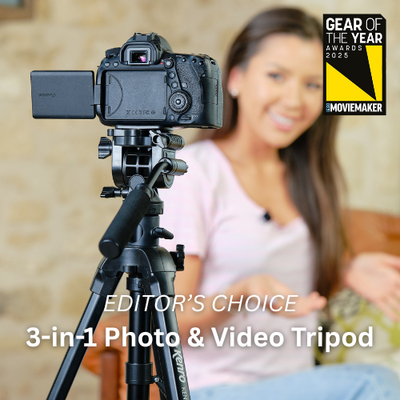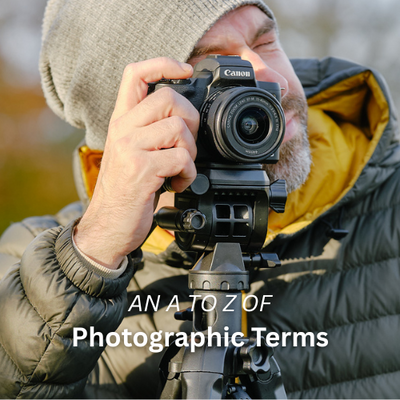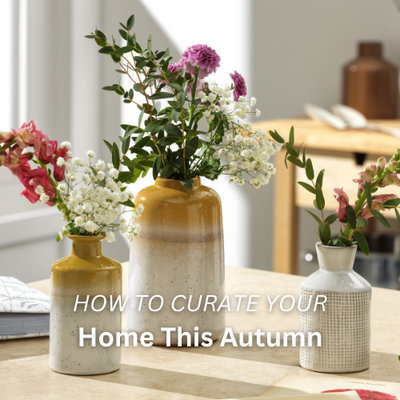From home bakers and content creators to budding commercial photographers, food photography has become one of the most popular and creative genres around. Whether you’re shooting your breakfast for your Instagram photo dump or styling full dishes for your portfolio, getting great results is less about expensive gear and more about understanding light, composition and how to make your food look as good as it tastes.
At its heart, food photography is all about telling a story with what’s on the plate. And with just a few adjustments from how you light your scene to how you frame the shot, you can transform your images from average to appetite-whetting. In this guide, we’re breaking down the key elements of compelling food photography, with tips that apply whether you’re shooting on a smartphone or a DSLR. Plus, we’ll highlight the Kenro tools, like tripods and Smart Lites, that can help elevate your setup no matter your experience level.

One of the most important things to get right is lighting. Soft, diffused light is a food photographer’s best friend. Natural daylight coming from the side of a window is ideal, as it casts gentle shadows and highlights the textures of your dish without harsh reflections. Shooting near a large window or using a white curtain to diffuse the light can work wonders. However, when natural light isn’t available, or if you’re shooting at night, a reliable artificial light source is essential. The Kenro Smart Lite Bi-Colour Compact Panel Light is an excellent option for creating clean, consistent light that mimics daylight. It’s compact, flicker-free, and lets you fine-tune brightness and warmth to suit your food scene.
If you’re looking to level up your lighting setup even further, especially for vertical content or reels, the Kenro Smart Lite 19” RGB Ring Light Kit is another game-changer. It’s ideal for adding subtle fill light or dramatic effects, particularly when you’re filming as well as photographing. The built-in smartphone mount makes it a great option for content creators shooting everything from plated desserts to kitchen action shots.
Stability plays a huge role in the sharpness and professionalism of your food photos, particularly when you’re working in low light or doing top-down shots. Using a tripod allows you to slow your shutter speed without risking camera shake, which is key to achieving crisp detail in any lighting condition. It also frees up your hands to style the scene or hold reflectors. For food photography at home or on location, the Kenro Karoo 3-in-1 Photo & Video Tripod offers lightweight flexibility. Insert the centre column at 90-degrees for distinctive horizontal axis shots, while the locking leg spreader bar guarantees unwavering stability for crisp images, perfect for capturing flat lays or tablescapes.
Beyond lighting and support, composition is where your creativity really shines. Think about how your dish is placed in the frame. Some foods look best from directly above (think smoothie bowls, pizza or a charcuterie board), while others like burgers, cakes or sandwiches, benefit from a straight-on angle to show off their layers. A useful guideline is the rule of thirds, which encourages you to place the subject slightly off-centre for a more dynamic and balanced shot. Props should support the story but never overwhelm the food. Simple cutlery, linen napkins, raw ingredients and textured backgrounds all help set the scene and add depth to your image.

Styling is another key part of food photography, and it’s worth remembering that less is often more. Choose fresh ingredients and plate with purpose. A scattering of herbs, a splash of sauce, or a bite taken out of a slice of cake can bring a sense of realism and intimacy to your photo. Texture is your best friend - think cracked pepper, glossy icing, or bubbly fizz in a drink. Don’t be afraid to show a little mess. A smudge of flour or some drips on the counter can add to the authenticity of your story.
When it comes to backgrounds, stick with simple surfaces that let the food shine. Matte materials like wood, slate, linen or marble-effect contact paper work beautifully and minimise distracting reflections. Try layering napkins or boards underneath plates to create visual interest without cluttering the scene. If you’re going for overhead shots, using a tripod with a tilting centre column (like the tripod mentioned earlier) allows you to frame everything hands-free while keeping lines straight and compositions neat.
Editing is often the final step that ties everything together. Even if you’ve nailed the shot in-camera, a gentle post-edit can enhance colours, adjust exposure, and bring out the details. Free apps like Lightroom Mobile or Snapseed are great for quick phone edits, while desktop programs like Adobe Lightroom or Photoshop offer more advanced control. Keep edits natural. Your goal is to make the food look inviting, not overly filtered. Adjust white balance for colour accuracy, boost contrast for depth, and sharpen slightly to make textures pop.
If you’re shooting content for social media, consider the format as you frame your shots. Square or 4:5 vertical works well for Instagram posts, while 9:16 is the standard for Stories, Reels and TikToks. Having a tripod that allows you to rotate your camera or phone easily makes this process smoother and more efficient. It also allows you to batch shoot content in different formats without constantly adjusting your setup.

In the end, the best way to improve your food photography is to keep practising. Use every meal as an opportunity to test something new. Play with window light, try different angles, switch up your props or backgrounds. The more you experiment, the more confident you'll become in your style.
Whether you're capturing a quick phone snap of your latte or building a portfolio of styled recipe content, understanding the basics of lighting, angles, composition and stability, can make all the difference. And with the right tools from Kenro’s collection of tripods, LED lighting and accessories, you're already on your way to creating images that not only look delicious, but feel polished and professional.



